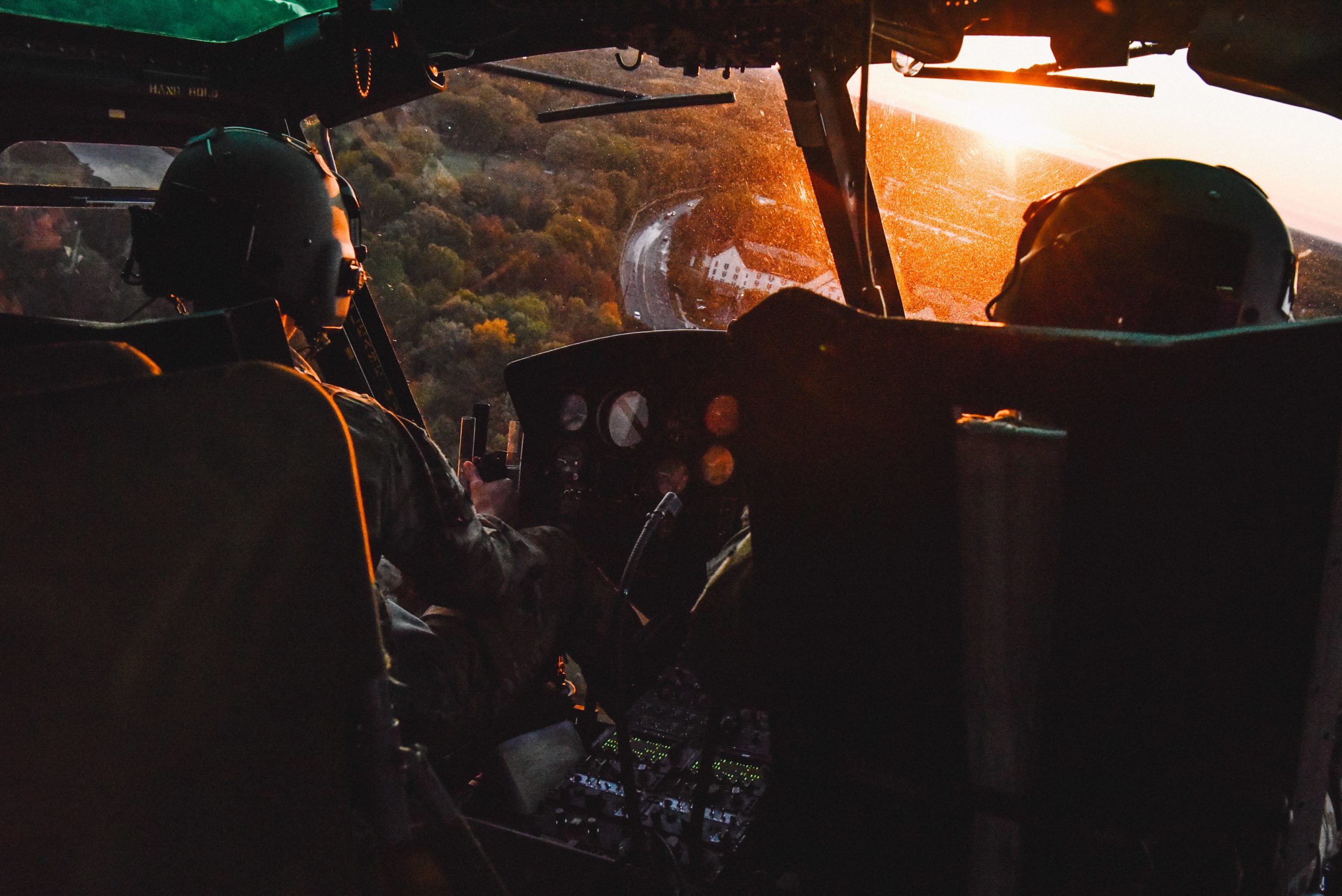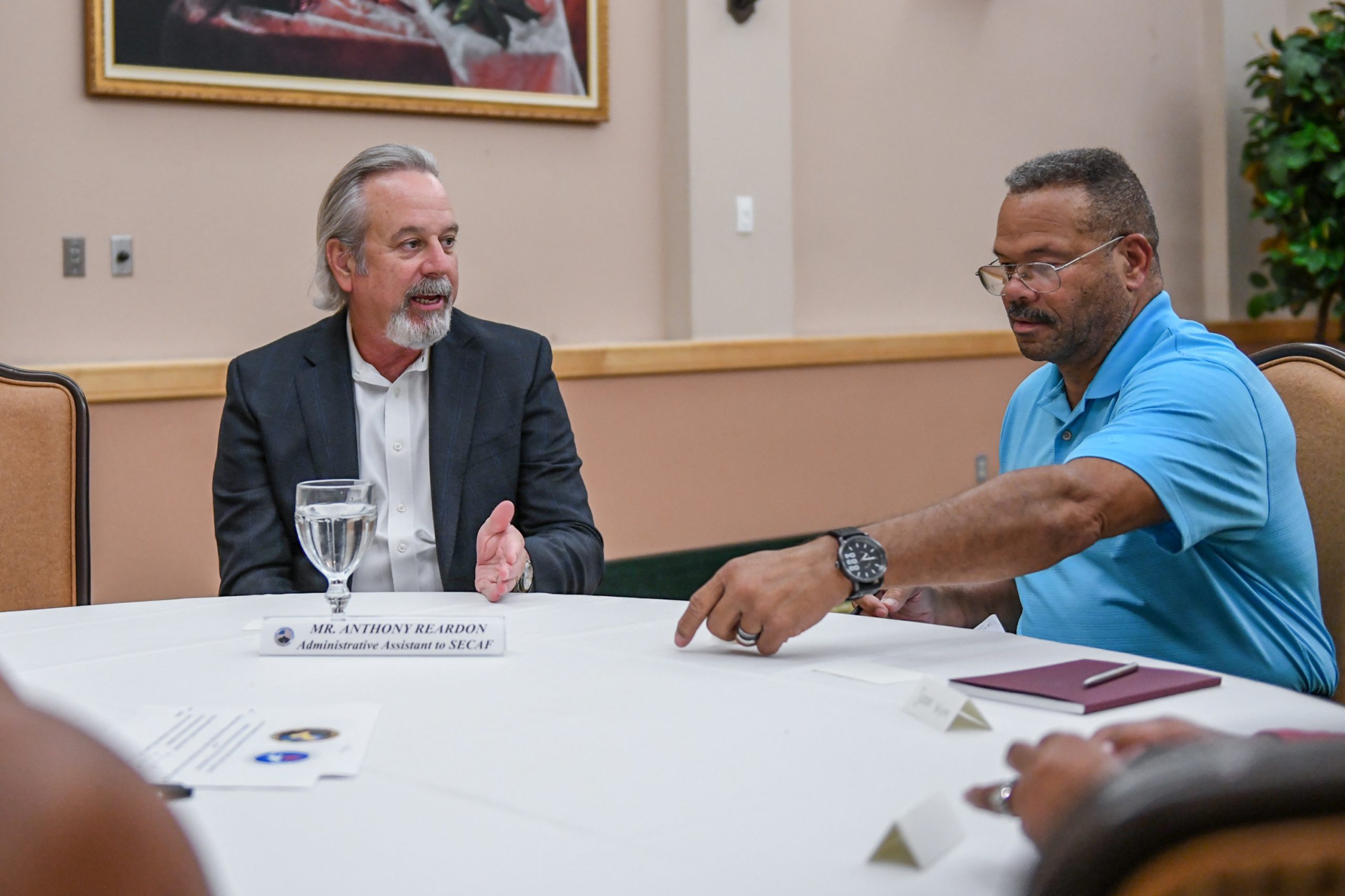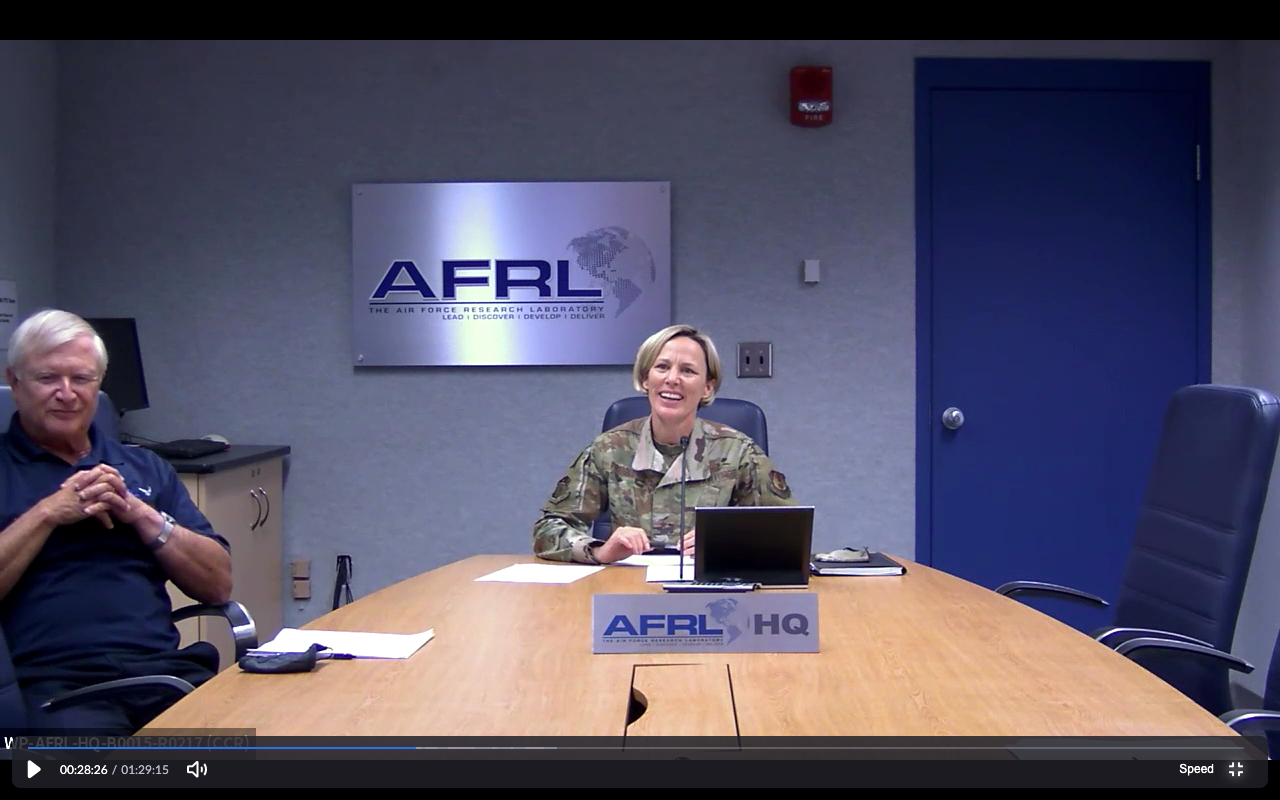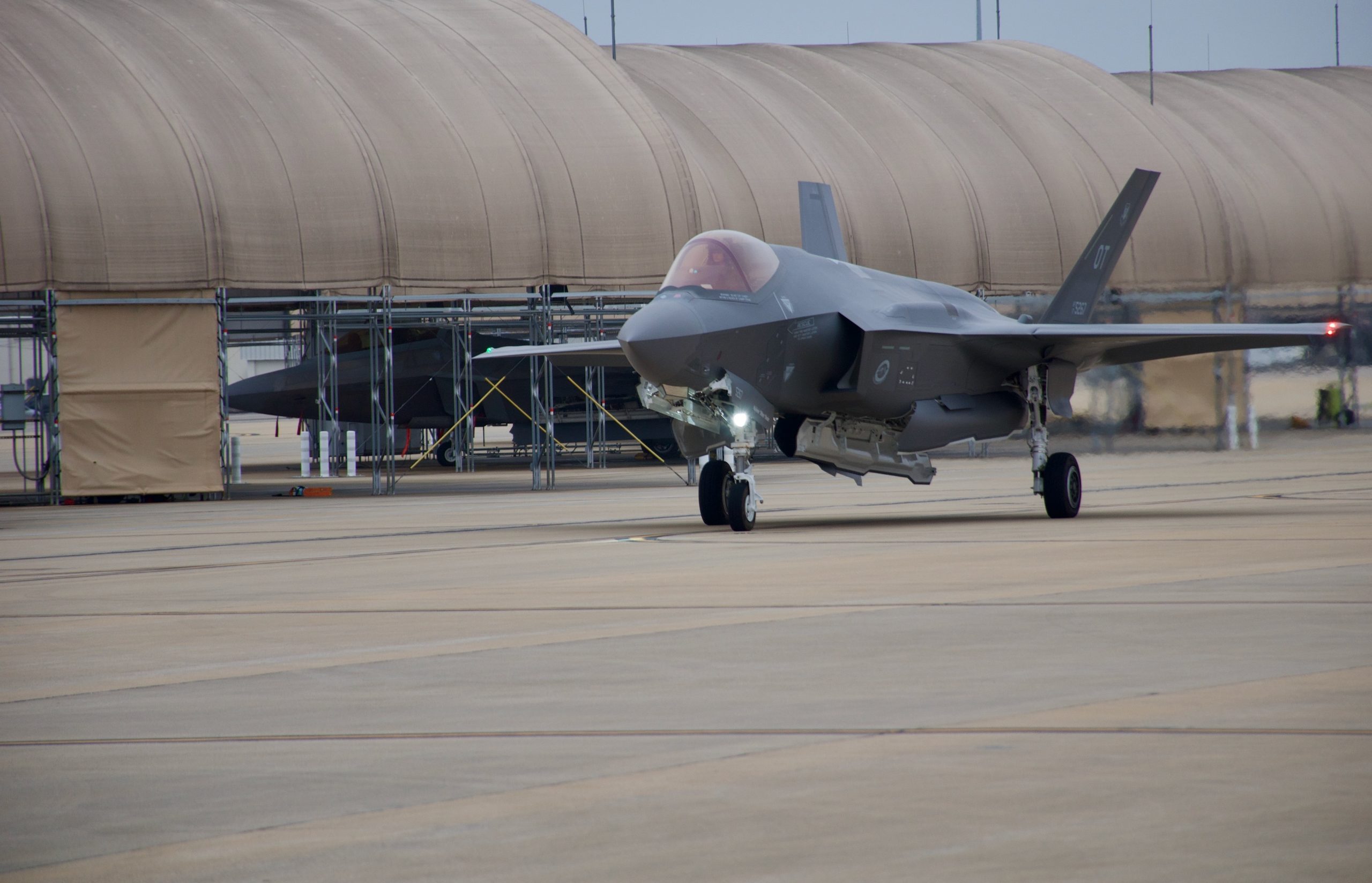A five-member KC-135 crew composed of Air National Guardsmen from Hawaii and Pennsylvania helped track down three mariners who got lost in the Federated States of Micronesia on Aug. 2, enabling their rescue a day later.
The three individuals left Puluwat Atoll in Micronesia’s Chuuk state on July 29 en route to Pulap, another atoll located about 24 miles away, but were reported missing when their boat didn’t show up, according to a 36th Wing release.
“Joint Rescue Sub-Center Guam received notification of an overdue skiff last seen in the vicinity of Chuuk and requested our assistance,” said Maj. Shaun McRoberts, 506th Air Expeditionary Aerial Refueling Squadron assistant director of operations, in the release. “Once notified, we began immediately working a plan to launch crews to locate the missing vessel.”
Lt. Col. Jason Palmeira-Yen, Maj. Byron Kamikawa, and Tech. Sgt. Shane Williams from the Hawaii Air National Guard’s 203rd Air Refueling Squadron, and Tech. Sgt. Rodney Joseph and Senior Airman Jeremy Williams from the Pennsylvania ANG’s 171st Air Refueling Wing subsequently took off from Andersen Air Force Base, Guam, in a Stratotanker and determined the lost mariners’ location after about three hours in the air.
The missing persons were found on Pikelot Island in Micronesia’s Yap state, the wing said. Footage shared by the wing shows they’d crafted a distress call on the island’s shore.
Video:Master Sgt. Richard Ebensberger/36th Wing
“We were toward the end of our search pattern,” recalled KC-135 pilot Lt. Col. Jason Palmeira-Yen in the release. “We turned to avoid some rain showers and that’s when we looked down and saw an island, so we decide to check it out and that’s when we saw SOS and a boat right next to it on the beach. From there we called in the Australian Navy because they had two helicopters nearby that could assist and land on the island.”
HMAS Canberra, a RAN ship that was in the area, agreed to ditch its planned itinerary so helicopters that were located on it could undertake search sorties, the wing wrote.
“Canberra was returning to Australia while the rest of the task group continued on its way to participate in Exercise Rim of the Pacific off Hawaii,” Australia’s defense department wrote in an Aug. 3 release. “The ship sailed overnight to reach the search area, and in cooperation with U.S. aircraft operating out of Guam, located the men on the island. Crew of 1st Aviation Regiment in an Army armed reconnaissance helicopter landed on the beach, delivered food and water, confirmed the men’s identities and checked they had no major injuries.”
The U.S. Coast Guard also assisted the stranded individuals by having an HC-130 Hercules airdrop “a radio and message block” letting them know that the FSS Independence—a Micronesian Pacific Patrol Boat—was on its way to save them and bring them home, the 36th Wing release said.
The mariners were finally rescued at midnight local time on Aug. 3, when the Independence arrived at their location and sent a boat crew to get them, the wing wrote.











